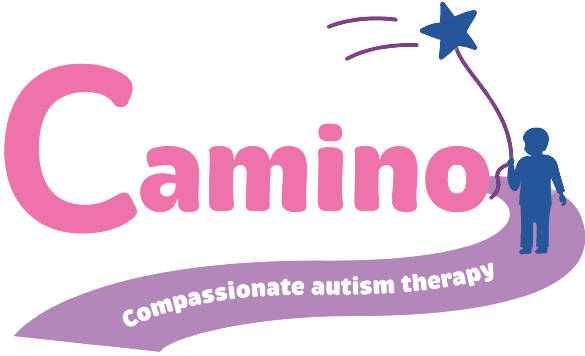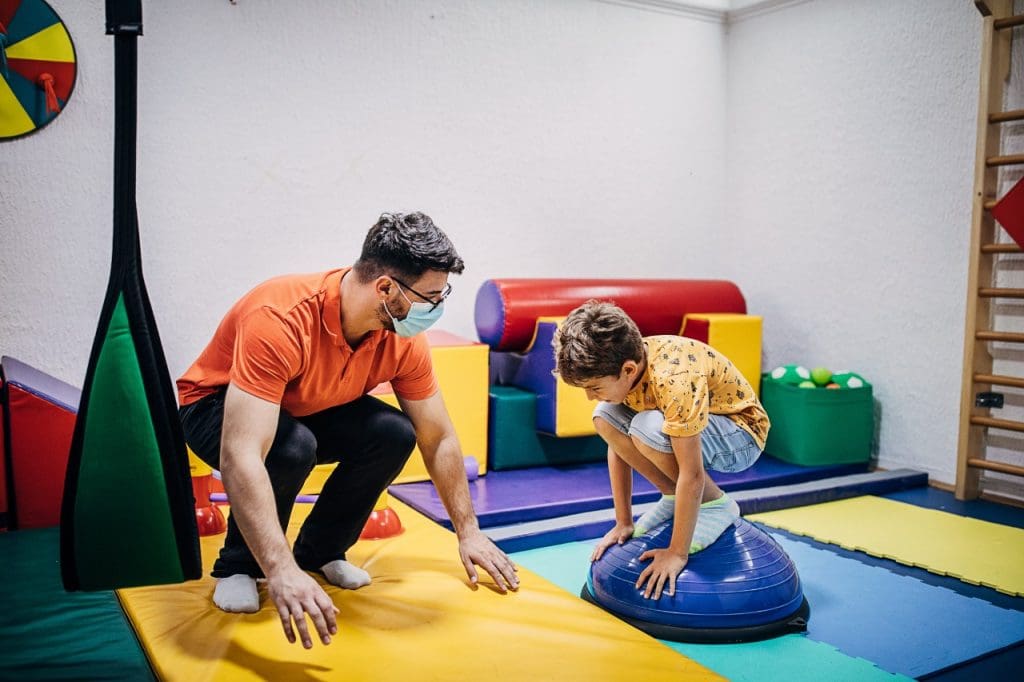Applied Behavior Analysis (ABA) is a popular treatment for those with autism. Often used with children, it involves personalized therapy plans targeting learning and behavioral levels.
At Camino, we offer local ABA therapy in Albuquerque. Our goals are to help your child transition into grade school by improving their communication skills, social skills, and self-care behaviors. Contact us today to learn more about our programs.
Here are answers to some common questions surrounding ABA therapy.
What’s ABA therapy?
Applied Behavior Analysis (ABA) involves the scientifically based applications of learning and behavior. ABA seeks to teach vital life skills while helping to amend or prevent potentially harmful behaviors. ABA therapy in Albuquerque focuses on teaching and progressing these skills:
- Communication and language skills
- Social skills
- Self-care and hygiene skills
- Play skills
- Motor skills
ABA therapies begin by analyzing behaviors to see which environmental factors affect certain behaviors. Then, these environmental factors are examined to see if they can be altered.
From this analysis, a treatment plan is constructed and implemented to help children learn the necessary skills to navigate life.
It’s difficult to outline what ABA therapy entails since it’s tailored to meet the needs of each individual. Often, ABA therapy is combined with other treatments to offer additional support.
What kind of medical professionals implement ABA therapy?
Certified ABA therapies are often implemented and overseen by Board-Certified Behavior Analysts (BCBAs). BCBAs are nationally certified, have state licenses, and have master’s or doctorate degrees in behavioral analysis or psychology.
Comprehensive ABA programs also involve other certified professionals, such as Registered Behavior Technicians.
By offering a team of specialists, ABA therapy helps children develop all the necessary life skills needed for future growth.
How does ABA therapy help with harmful behaviors?
ABA therapy helps with harmful behaviors by identifying them and what triggers them. From there, therapists teach children how to respond differently to these triggers.
For example, for children that bang their heads, causing self-injury, BCBAs would identify the following:
- Who was present in the environment?
- Did something happen before the incident?
- When and where did it happen?
- What might the child be trying to communicate?
By answering these questions, BCBAs begin teaching children safer, more effective ways to communicate what they’re feeling and experiencing. BCBAs can also offer ways to amend the environment, such as when loud noises trigger harmful behaviors.
When should children begin ABA therapy?
It’s recommended to start ABA therapy when children are young. For older children and adults, ABA therapy should be implemented as soon as a diagnosis is received.
The typical age that children begin ABA therapy is between 2-6. Starting at these ages allows children to develop the necessary skills to help them transition into grade school.
Where to Find ABA Therapy in Albuquerque
At Camino, we provide locally-based ABA therapy in Albuquerque and New Mexico. Being local means being available when you or your child needs us. Our focus is to provide trauma-informed care, meaning we always aim to deliver therapies that don’t cause more harm and trauma to your child.
Contact us today to find out more about our Albuquerque ABA therapy program!

